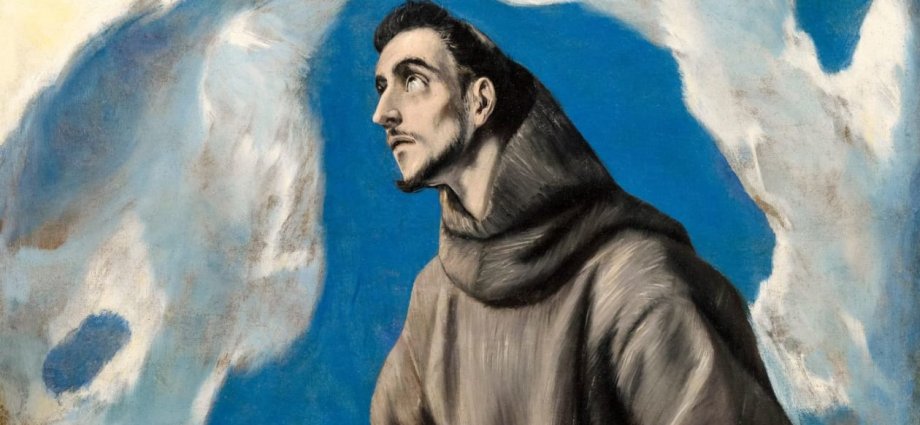It has been argued that the Italian Renaissance was “ignited by a single spark in the form of one man”, said Harry Seymour on Air Mail: Saint Francis of Assisi. Born into wealth in Umbria around 1181, Francis experienced a vision that led him to swap his “lavish lifestyle” for one of “poverty and preaching”. He travelled widely across Italy and the Holy Land, establishing his Franciscan Order on “the pillars of penury, peace and environmentalism”. Some art historians suggest that the way Francis preached to the poor – in the Italian vernacular, stressing Christ’s humanity – led painters to favour “more realistic, less divine depictions of his body”, which laid the foundations for an artistic revolution.
At any rate, there’s no doubting his impact on the visual arts. It is estimated that within a century of his death in 1226, artists had created a “staggering” 20,000 images of the saint; we can only guess at the number produced since. This small, free exhibition chronicles his presence in art, from his lifetime to the present day. Bringing together paintings, manuscripts, relics and contemporary work, it explores our “enduring fascination” with Francis.
At its best, this is a “serious, thoughtful, grown-up show”, said Laura Freeman in The Times. Its centrepiece is a room hung with seven panels depicting the life of Saint Francis, created in the 15th century by the Sienese artist Sassetta. These extraordinary pieces give us a tangible sense of everything that Francis renounced: “fine raiment, marble daises, glass windows, all the trappings of civilised life”. Disappointingly, however, these “delectable scenes” provide some of the few splashes of colour in an exhibition that is otherwise “drowning in brown”. Paintings of Francis by masters including Zurbarán, Murillo and El Greco might be “magnificent” seen in isolation. Collected together, their murky palettes “make a slog out of sainthood”.
There are some strange selections here, said Jonathan Jones in The Guardian. One might ask, for instance, whether it was really necessary to include an Antony Gormley figure “spreading its arms and gazing heavenward”; and a Marvel comic book entitled “Francis, Brother of the Universe” strikes an odd note. Yet it hardly matters, such is the overall quality of this “enrapturing” show. We see so many extraordinary things: “a silvered horn given to Francis as a symbol of peace by Sultan al-Malik al-Kamil”; a “brown sackcloth habit and hempen belt” said to have been worn by the saint himself; and an illuminated manuscript from medieval England, portraying Francis “bowed down to speak to an attentive gathering of birds”. Best of all is Caravaggio’s “Saint Francis of Assisi in Ecstasy”, which sees him falling into the arms of an angel. It’s a work that pushes what is already a “fascinating” exhibition “into realms of transcendence”. Do not miss it.
National Gallery, London WC2 (020-7747 2885, nationalgallery.org.uk). Until 30 July. Free entry











